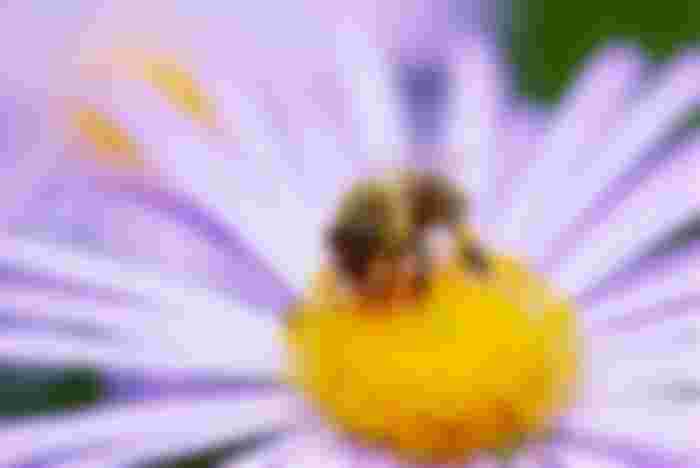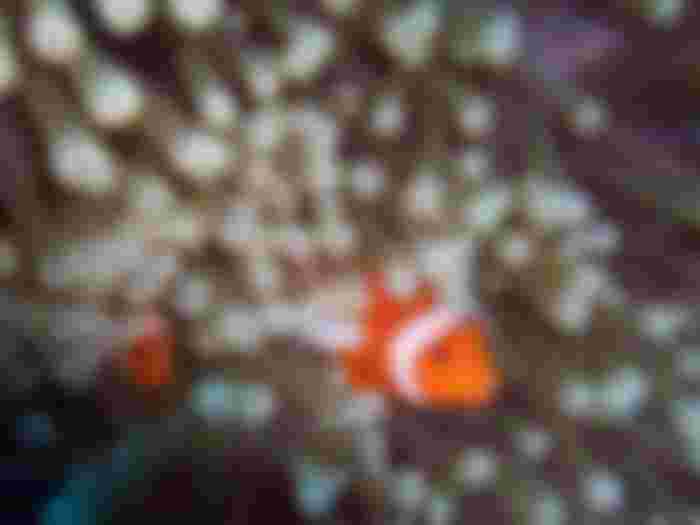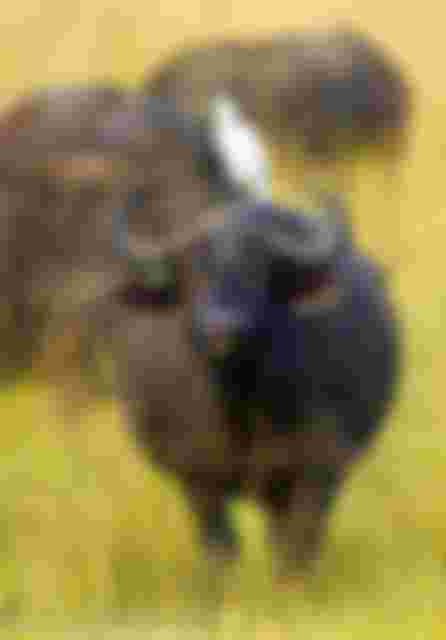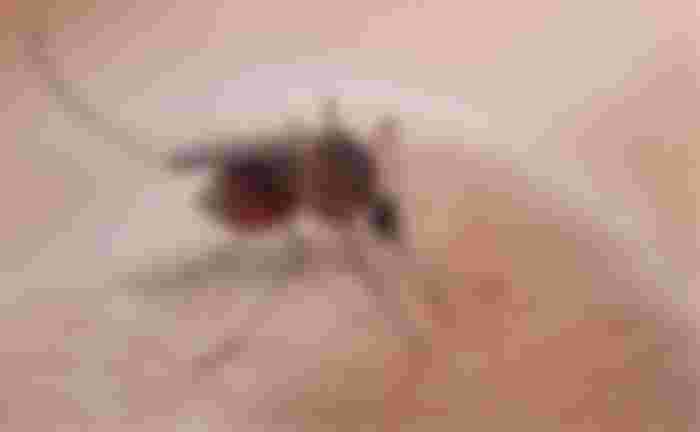They say it takes two to tango.
This is true in a partnership between two people. Whether it be a romantic relationship, a friendship, a sibling relationship, a business partnership... As long as there are two of you working on a relationship or a project, or whatever there is, it will not work if only one gets all the benefit, and the other becomes neglected, or worse, harmed in the process.
In ecology, there is what we call symbiosis or a symbiotic relationship. The term "symbiosis" came from the Greek word "συμβίωσις" which means living together. Symbiosis can be any type of close biological interaction or relationship between two organisms, and it could be mutualistic, commensalistic, or parasitic.
Oh, wait... did I just say parasitic? (Wait, there's more on this later.)
Mutualistic relationship - In a biological ecosystem, a mutual relationship exists when two organisms are benefitting from each other. Think of it as the "give-and-take relationship". One common example of a biological mutual relationship is the relationship between a bee and a flower.
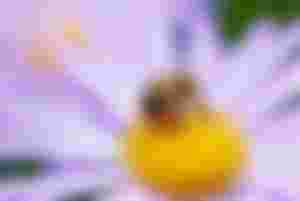
The bee gets its nectar and pollen from the flower - things needed by the worker bees to feed the entire colony. The flower benefits from the bees when the bees spread out their pollen from flower to flower in the process known as pollination. Here, the flower is able to reproduce its own.

Another known example of a mutualistic relationship is that between the clownfish (Nemo!!!) and the sea anemone. The clownfish eat the small invertebrates that can potentially harm the sea anemone. The sea anemone can also benefit from the fecal matter of the clownfish as a source of nutrients for its growth. The clownfish, on the other hand, benefits as the sea anemone's stinging cells protect it from potential predators. Now, imagine that there's no perfect relationship, but this mutualistic interaction is close to it as neither of the two is harmed, but is actually getting something from each other, and as we all know, we all have needs that should be provided by each other willingly.
Commensalistic relationship - This is more known as commensalism. In a biological ecosystem, commensalism is a relationship between two organisms where one is benefitted and the other is neither benefitted nor harmed. An example of this relationship is the relationship between cattle egrets and cattles. In this example, the cattle egrets eat the insects that surround the cattle when they are grazing. The cattle is unaffected here, it does not benefit or harmed while the egrets are gaining food from this relationship.

Another example is the relationship between the Goby fish that live on other sea animals. The Goby fish changes color to blend with its host, which makes them protected from their predators.

Looking at human relationships, I think there are times when one person gets benefitted from the relationship, and the other person is simply just being around. I am not sure, maybe they just both want to be around each other, but one person gains more from the relationship than the other.
This can happen when the two of you in the relationship don't have a sense of "equality". Sometimes, one person gives a whole lot of love, but the other person gives too, but not in the same way as the other person does. I am not sure if I explained it thoroughly here, though. Maybe you can share a thought or two?
Parasitic relationship - Yes, I know. You might be asking why is this a part of symbiosis? In reality, I thought, symbiosis is a relationship that does no harm, but I am incorrect. Symbiosis only states that there is an existing long-term relationship between two organisms, but the dynamics of this relationship are not defined clearly. It becomes a type of symbiotic parasitic relationship/interaction when one gets benefitted and the other gets harmed. One perfect example of a parasitic relationship is when fleas and mosquitoes feed on blood from other organisms.

Here, the human is the host and the mosquito is the parasite. In this type of parasitism, the human (host) needs to stay alive so the parasite can still feed on its blood. The human (host) gets harmed because it can leave a feeling of itchiness, or worse, the mosquito is a carrier of dengue or malaria that can affect the human.
I've seen many human relationships where one gets benefitted while the other becomes harmed. I am not sure, but based on my observation, the person who gets harmed is the one who is scared of losing the other person. So, for him/her not to lose the other, he/she would do everything to keep their relationship, even up to the point where he/she is physically, emotionally, or mentally hurt/harmed. This is not the best kind of relationship there is, because I believe that when one begins to lay a hand on you, or say bad things towards you, gets all the energy/money/dignity from you, then, it is no longer considered a good relationship. These red flags should become your reason to move out of that unhealthy relationship and build one that is the complete opposite with another well-deserving person - someone who would also give you what you deserve or even more.
I would like to end with a quote that I memorized since I was in the 6th grade. It goes like this:
"The best kind of friend is the kind you can sit on a porch, swing with, never say a word, and then walk away feeling like it was the best conversation you've ever had."
Good relationships need not be extravagant, a good relationship will work if both of you are happy to be in there. There is no measurement of who gives more or who takes more, as long as you both know that you both give and receive, sometimes more, sometimes less... What matters is you learn how to appreciate each other more than to expect from each other. BOTH should be in it, doing it, living it. Remember that it takes TWO to tango. :)
Thank you for reading!
